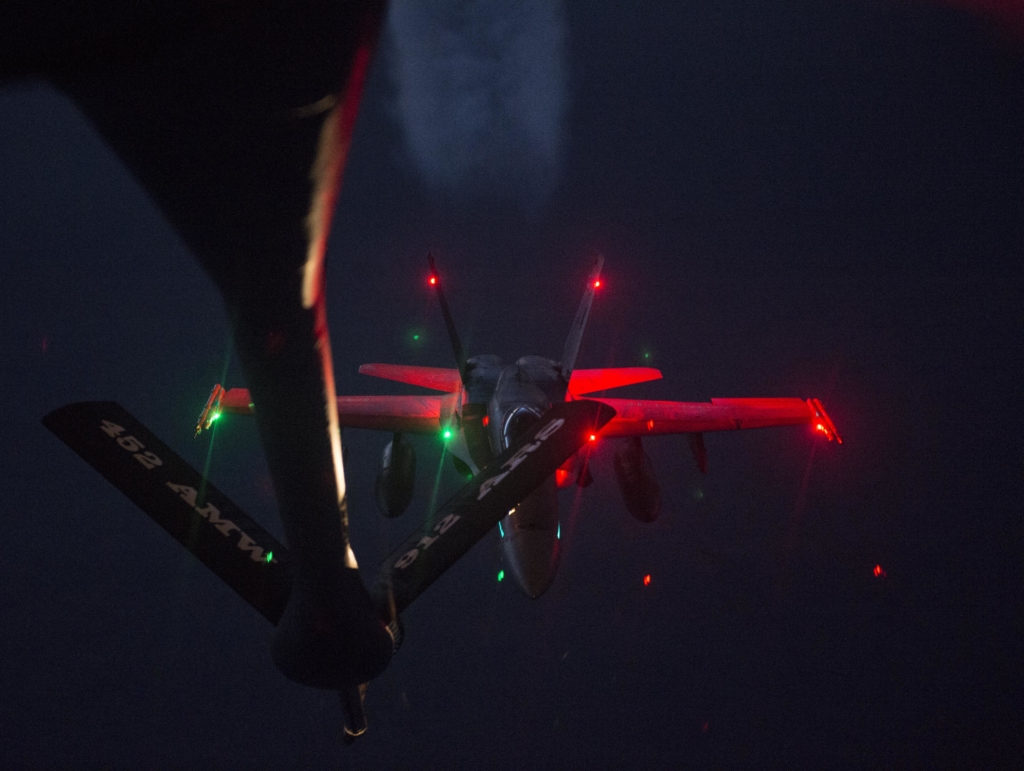The Research
In 2017, a Deloitte 2017 research on the international aerospace and defense industry showed it grew by 2.4 percent and also made roughly 674 billion dollars in 2016. No doubt, the commercial aerospace industry will keep on developing. Lower oil costs have spurred air travel, driving expected demand for replacement parts and new age airplanes much higher for 2017. Also, the number of travelers is presumed to increase in the next ten years as the price of air travel continues to decrease. Although leading pointers foresee consistent growth, decreasing expansion figures for the sector show difficulties in one of the world’s most intricate supply chains. These will need newly qualified experts to help with planning and executing solutions. If the industry can solve these challenges, its viewpoint will become stronger.
The Issues
Changing passenger demands and new technologies have driven the aerospace industry to build aggressive strategies and policies. As a result, aircraft design, processes, and management have become complicated. Aircraft companies are under growing stress to managing backlogs of orders. Though this can be seen as a benefit for the aerospace supply chain industry, it can also be a bane if suppliers can’t meet the demand. That said, here are general aerospace supply chain management issues.

Getting Raw Materials
Metals like aluminum, steel, titanium, magnesium, copper, nickel, chromium, and manganese are the essential materials used for producing aircraft. But these metals are generally distributed in various regions far and wide. What this means these metals are not monopolized by one country. Their timely distribution depends on the geophysical area and features that meet the demands of aircraft manufacturing. Procurement managers need to get suppliers centered on delivery timelines, costs, and transportation modes. Also, they need to know the materials they’ll need in the future, including the regions that manufacture the best raw material and the cost of the raw material.
Lack of Experienced Workers
Although production has increased thanks to growing demand, there is limited experience in establishing new programs. Training isn’t fast enough to improve the needs of workers, and there is not enough skill set to manage challenging projects. Technological development will stay in the center of the Aerospace industry evolution. But aviation firms, along with the aerospace supply chain, have to set their capital on developing technologies that push their industry.
Reducing Supply Disruption Risks
Supply comes with disruption risks, as a result of incorrect pricing forecasts, the wrong prediction of future demand, design change, and so much more. But supply disruption can be alleviated with a two-pronged strategy. The short-term plan takes care of monthly, quarterly, and yearly acquisitions. And the long-term plan views lock-in contracts for 5 to 10 years with both secondary and primary suppliers.
Final Thoughts
The current aerospace supply chain is global, intricate, and more exposed than ever. Lessons from the most significant aircraft organizations, Airbus and Boeing on critical supply chain disruptions on the distribution of future aircraft models, should not be overlooked. I deed, the aviation industry is capital intensive. Hence an active and flexible supply chain gets the highest level of attention.

